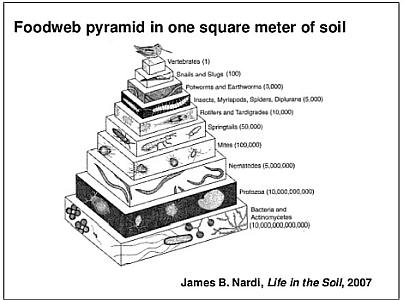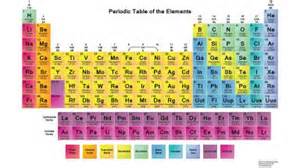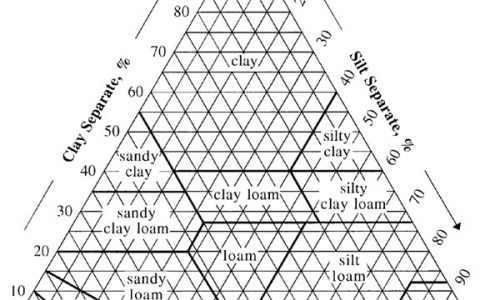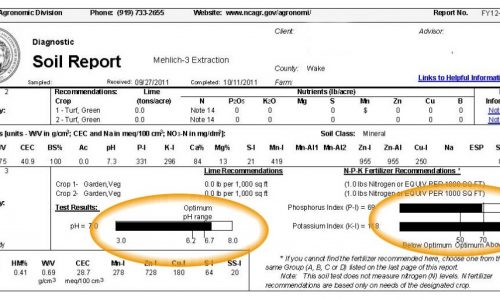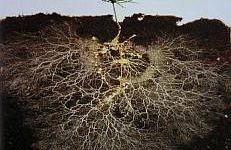Soil – nutrient storehouse and dispensary, beneficial microbe incubator, carbon sink, flood control program – yes, it’s a resource worth cultivating, so to speak. Its physical characteristics, chemical properties, and its system of living organisms have been the drivers of where civilizations have flourished for most of mankind’s history. With good soil, “just add water” takes on a new meaning. And conversely, poorly managed or “worn” out soils have long been associated with declining societies.
Healthy soil is only about 45% minerals – the rest is air, water, organic matter and soil life. You might think of it as a cake: a cake without much moisture or air would be a pretty sorry cake indeed! So how do you get and keep all that air and water in the soil? It’s all about building and maintaining structure: a framework.
In perennial cropping systems this framework is rarely disturbed and can become better over time When it comes to “managed” soils producing annual plants, proper and timely cultivation is crucial to maintaining the physical structure needed so that it can maintain 50% or more air and water. Once planted, roots will contribute to the soil structure as they grow through the pore spaces. It’s a win-win! And the carbon exudates (organic residue, sugars, starches, humus, humin, glomalin, etc) released by the growing plant roots encourage beneficial soil life and continue to improve soil chemistry interactions as well.
But the inherent (parent) chemical composition of soils is very resistant to change. Elements can not be destroyed and most of the molecules and compounds making up “dirt” are very stable. But the way the chemicals in the soil interact can change – that characteristic of interaction is heavily influenced by structure.
A once productive soil that is “worn out” is often one that has simply acquired poor physical structure through poor farming practices. Declining organic matter content and a corresponding lack of soil life (quantity and quality) often go along with the lack of structure. The land needs its rest! But under good management practices the soil quality can usually be restored quite quickly. Once the the physical structure is restored and the organic matter levels are improved, soil life increases and “Presto” – Good Soil again! The desired chemical interactions have been restored by the action of diverse and numerous soil organisms. The vicious cycle is over – the virtuous cycle can begin.
Soil that is well managed and cared for creates a wealth of healthy food in the form of healthy plants and animals. It also supports the adequate supply of many raw materials for clothing and building. It is essential to the health and wealth of the human race. This section of Earthwise Academy will attempt to explain and document the science and wonder of what makes a good soil. The major topics below will be addressed in sections and in combination.

